Link
5 notes
·
View notes
Photo

One Step Closer Toward a Treatment for Alzheimer’s Disease?
Scientists at the Massachusetts General Hospital (MGH), in collaboration with colleagues at the University California, San Diego (UCSD), have characterized a new class of drugs as potential therapeutics for Alzheimer’s disease and discovered a piece in the puzzle of how they would work. Their study, using disease-related animal and cellular models, shows that treatment with a representative compound of this class of gamma-secretase modulators leads to a reduction of the Alzheimer’s-associated beta-amyloid.
The research is in EBioMedicine. (full open access)
26 notes
·
View notes
Photo

Human Growth Hormone Supplements: Are They Necessary?
Read more at : https://guidelineshealth.com/mens-health/human-growth-hormone-supplements-are-they-necessary/
2 notes
·
View notes
Photo

It’s possible to live a normal life without 90٪ of your brain.
400 notes
·
View notes
Text
medical field stereotypes
Family Medicine - personality: easy-going, family-oriented - quirk: low self-esteem - 7 deadly sin: gluttony - hobbies: hanging out with your significant other and other family medicine docs
Internal Medicine - personality: ambitious, jack-of-all-trades - quirk: over-confident - 7 deadly sin: pride - hobbies: cooking, moderate physical activity
Pediatrics - personality: patient, childlike - quirk: eccentric - 7 deadly sin: gluttony - hobbies: maintains “childish hobbies”, love of Disney, music, and games
General Surgery - personality: daring, high-achiever - quirk: narcissistic - 7 deadly sin: pride - hobbies: secretly slovenly at home, loves going and eating out
Ob-Gyn - personality: well-rounded, grounded - quirk: catty - 7 deadly sin: pride - hobbies: your children > your spouse, always doing or planning something
Psychiatry - personality: loquacious, social - quirk: diva - 7 deadly sin: envy - hobbies: going out to town, having people over, selfies and social media
Emergency Medicine - personality: confident, outgoing - quirk: impatient - 7 deadly sin: lust - hobbies: working out/aggressive physical activity, teaching
Neurology - personality: efficient, organized, quiet - quirk: odd - 7 deadly sin: pride - hobbies: the kinds that can be done alone like reading or gardening or raising goats
Radiology - personality: down-to-earth, eloquent - quirk: self-centered - 7 deadly sins: lust - hobbies: travel, fine dining
1K notes
·
View notes
Text
If both sides of your brain don't work that is bad.
Paediatric Neurology, UCL, London
567 notes
·
View notes
Text
Quick way to learn all brainstem lesions.
If you’re like me and you understand the concept of brainstem lesions but just have trouble localizing the symptoms to a part of brainstem, this is perfect! Let e know if this helps you guys!
https://www.youtube.com/watch?v=Owu_ccyt77U
Keep reading
117 notes
·
View notes
Photo

A watercolor/photoshop piece from a couple months ago.
269 notes
·
View notes
Text
Falling in Love!!

Hello, brain people!
Love!! What on earth happens to your brain as you fall in love? There are three stages that we all go through as we fall in love with that special somebody: Lust, Attraction, Attachment
During Lust, sex hormones are released - this being oestrogen and testosterone in women and men respectively.
Throughout Attraction, you feel all wonderful and love-stricken! You can’t think of anything other than that special somebody. There are three main neurotransmitters that are involved in this stage, with each type acting within a specific pathway in the brain. These neurotransmitters are: Adrenaline (Epinephrine), Dopamine, and Serotonin.
Epinephrine is released during your body’s “stress response”, making your blood levels of adrenaline and cortisol increase. This means that even meeting with that somebody can make your heart race, as you also start to sweat. How lovely!
Dopamine is closely related to our brain’s “appetite system”, the system that is active whilst we are craving something. Dopamine stimulates “desire and reward”, and does this by triggering a rush of pleasure! This has a very similar affect to cocaine on the brain! Love is a drug!
Serotonin is an anti-depressant, and may also explain why, when falling in love, your love stays on your mind.

Finally, we have attachment! This is the tight bond that keeps couples together long enough for them to raise children. Yet again, we have chemicals to thank for this! These are: oxytocin and vasopressin.
Oxytocin, the cuddle hormone :), is a very powerful hormone released by men and women during orgasm, and is said to deepen the feelings of attachment between the couple, making them feel much closer to each other. As the theory goes, the more sex that the couple has, the deeper the connection they feel for one another. Sounds good to me! :)
Vasopressin is an anti-diuretic hormone that works with your kidneys to control thirst. Although little is known about the affects of this hormone, when male prairie voles were given a drug that suppresses the effect of vasopressin, the bond with their partner fell apart immediately, as he then would fail to protect his partner.
So go out there! Bump into a complete stranger, tell them about yourself, and fall in love! :)
3K notes
·
View notes
Text
Why Medical School Is Important
This week, I learned a lesson about why medical school is so important. For 4 years, we cram everything into our heads, a little about every specialty. In the end, we all just can’t wait to specialize in our own fields and not have to remember the majority of other stuff we memorized. We can always just consult someone else if we need help right? Well… What if you didn’t recognize the underlying problem in the first place?
This week on neurology, we had a 27 year old woman who was admitted overnight for severe headache. They ended up doing a brain MRI, which showed several small diffusion weighted defects in the posterior brain consistent with strokes. We were asked to see her in the morning for evaluation of “strokes”. I was asked to read her chart and go see her. I thought it was a little odd that a healthy 27 year old had strokes, but you never know. I start reading up and see that her systolic blood pressure has been above 160 all night. They were allowing some degree of permissive hypertension for her strokes. Her creatinine was 1.4. They also assumed this was because of her elevated blood pressures. Finally, there was protein in her urine. I keep reading and notice she is 4 days postpartum. I haven’t even seen the patient yet and put the pieces together in my head. Elevated blood pressure, severe headache with visual scotomas, elevated creatinine, protein in the urine, postpartum… Holy shit, this person has preeclampsia with severe features and needs to be started on a magnesium drip immediately!
I want to go into Ob/Gyn, so naturally I was a little excited that I recognized this. I immediately went to my 70 year old attending and told him this. He looked surprised, and I could tell he probably hadn’t thought about this disease in decades since usually they are admitted to ob/gyn and not neurology. He asked me to call the ob/gyn that was on. Within a few hours, she was seen and started on a magnesium drip for preeclampsia with severe features. My attending and I went to radiology and had them re-read the scan. She had PRES not strokes. This woman could have gone home on aspirin, an anti-hypertensive, and a statin with neurology follow-up and had a seizure a day later from full blown eclampsia.
In the end, I learned about how one person going down the rabbit hole of one diagnosis can lead to a series of several providers going down it as well. It was a shining moment for me as a medical student, not going to lie. But it also showed me the importance of being well read and not shutting out my mind to other specialties. We all need to know a little about everything and when to realize our limits and consult someone else. And a lot of the time, medical school is the only immersive experience we will get in many of these specialties. It matters more than just learning for the sake of the shelves.
2K notes
·
View notes
Photo


10 . 09 . 2016 // “so long as I don’t give up, the possibility of winning will never fall to zero”
1K notes
·
View notes
Photo
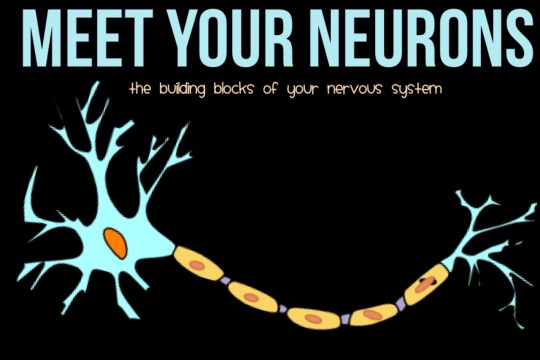
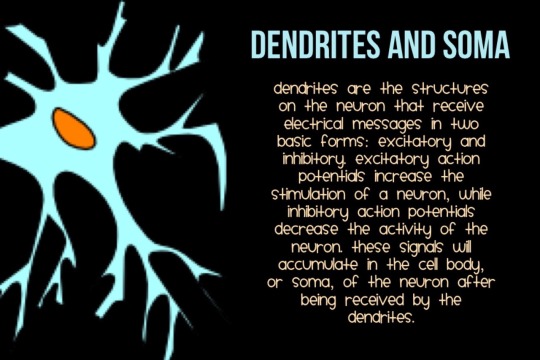
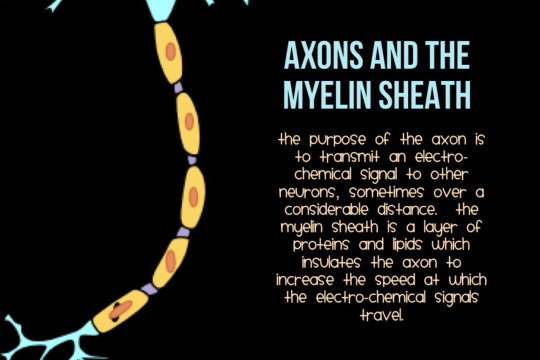
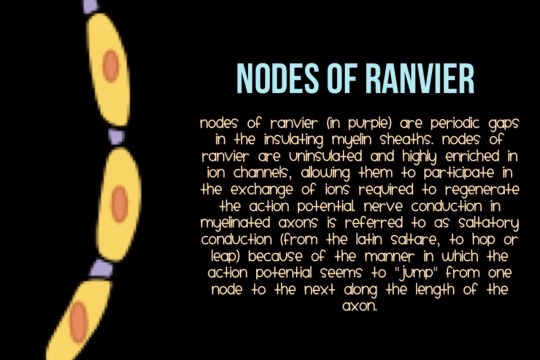
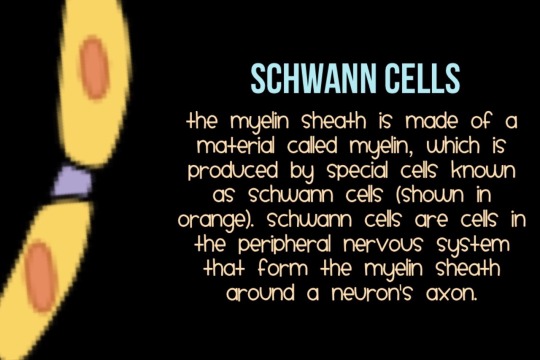
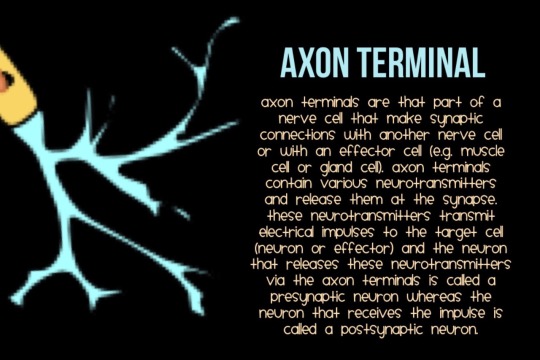
The brain is what it is because of the structural and functional properties of interconnected neurons. Your brain contains between 80 and 100 billion neurons, about as many stars in our galaxy.
More like this on @tobeagenius
3K notes
·
View notes
Photo

19/6/17 if your desk is too small… you’re doing it right!
95 notes
·
View notes
Photo

[23/100] 09.02.16
What my desk really looks like half of the time. It’s a real mess, but I’d rather have the mess outside my brain than in!
4K notes
·
View notes
Photo

Follow realpsycho.tumblr.com for more psychology information!
117 notes
·
View notes
Photo

A watercolor/photoshop piece from a couple months ago.
269 notes
·
View notes
Text
Robotic Brain Surgeon Takes First Steps

by Txchnologist staff
Mechanical engineers working to improve brain surgery for treating epilepsy have unveiled a machine that sounds like it came from a sci-fi movie. At a recent conference, Vanderbilt University researchers presented a pneumatic robot that is designed to drill through a patient’s cheek, guide a steerable needle to the base of the brain, and then destroy malfunctioning tissue causing the disorder.
Their device, made of 3-D printed plastic pieces and a shape-memory alloy steerable needle, can operate inside a working MRI machine to let doctors monitor progress millimeter by millimeter. Their needle is composed of a mixture of nickel and titanium, which isn’t affected by the MRI’s powerful magnetic fields.
The problem the team is trying to address is that a majority of epileptic seizures occur in the hippocampus, an area near the base of the brain. While surgeons now probe for the source of epileptic seizures through the cheek of a patient, current treatments to fix the problem involve going in through the top of the skull with straight needles. This means that doctors must traverse other delicate structures of the brain and travel farther than if they could enter the skull through the cheek.
Keep reading
87 notes
·
View notes